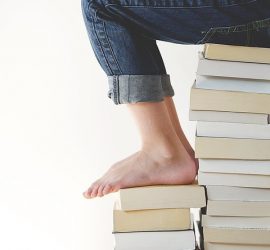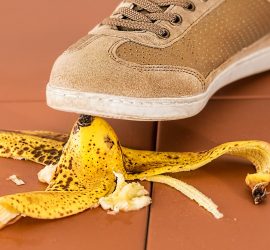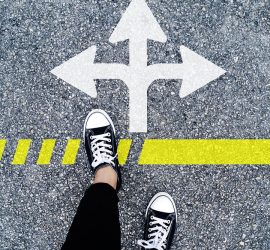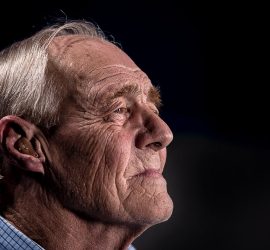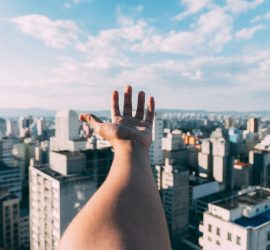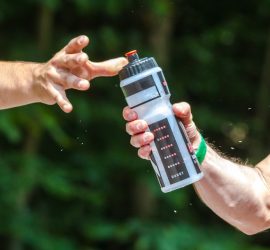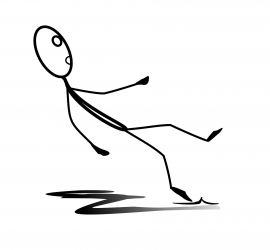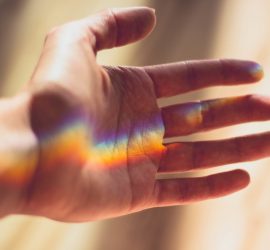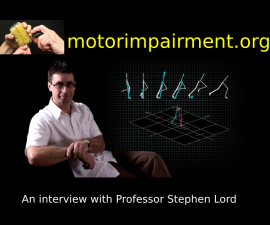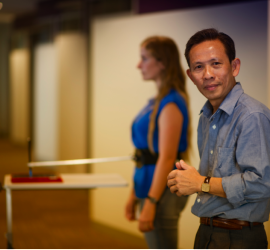Skin at the back of the ankle contributes to awareness of ankle position 1
The ability to know how our limbs are positioned in space is called proprioception. This ‘sense’ is possible through information gained from individual sensors in the muscles and in the skin. In fact, skin stretch on the back or dorsal surface of the hand has been shown to create illusory […]

